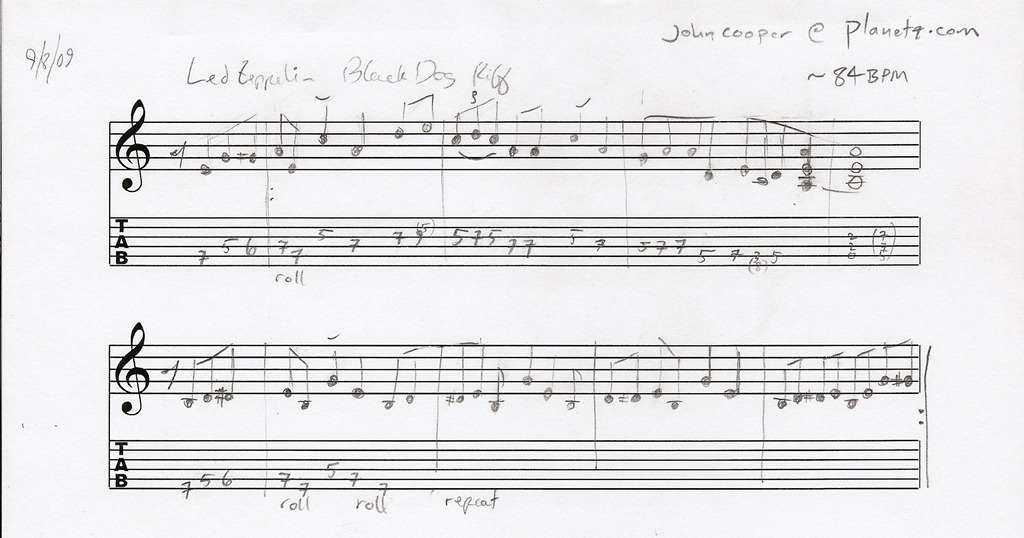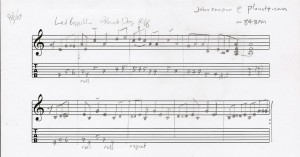
NAMM 2010
I’ve just returned from this year’s NAMM trade show in Anaheim (that’s the National Association of Music Merchants). Interesting, fun, exhausting – not necessarily in that order 🙂 There’s lots of cool stuff to share, which I’ll post over the new few days.
I saw and played some interesting and amazing instruments and met the artisans, luthiers, engineers, and designers that made them. They’re all there trying to get their ideas out, and hopefully make deals with retailers to carry their products.
As a software engineer for Korg R&D, I wasn’t there to make deals. I had a couple meetings, sized up some of Korg’s competitors, visited a lot of old friends, and generally browsed around getting inspired. I’ve been to this show nearly every year since 1994, and I always come away with some new energy and motivation (that is, after recovering from the soreness and dehydration).
It’s hard to describe the scale of the NAMM show. It’s HUGE. And there are just hoards of people of all kinds there- hip rockers, metal heads, punkrock girls, nerdy engineers, synth geeks, pinup girls, celeb lookalikes, and even a few business suits. The official stats say there were 87,569 registrants present.
I also saw a few gen-u-ine stars. I walked past Joe Satriani and Slash, who were signing autographs for insanely long lines of fans. Jordan Rudess always seems to be everywhere at once – really, I think he has cloned himself. I got to hang out with synth pioneers Dave Smith and John Bowen. I watched Joey DeFrancesco play some effortlessly incredible organ, Richard Devine do his knob twiddling thing with Ableton Live, and of course a number of lesser known (to me) musicians who ranged between total suck, and amazing.

Building an Acoustic Guitar, part 2
Marc over at The Wood Whisperer has posted part 2 in the video series Birth of a Guitar, documenting Rick Urschel’s classical guitar project. This time, Rick makes the kerfing, builds the back and the sound board with rosette, all the bracing, bindings, the bridge, fretboard. If you thought from part 1 that it was gonna be all power tools, you’ll find a lot more hand tool and finesse work in this video. Really inspiring stuff. We get to see some of Rick’s clever jigs – like one to produce a raised curve in the top, a diy tilt-base for the trim router, a fret-slot cutting sled, and again the hot lightbulb-in-a-pipe wood bending jig. Warning, massive amounts of blue tape will be consumed 🙂
One of the most interesting parts of the video is how Rick recovers from a couple big mistakes. Every woodworker, from beginner to expert, makes mistakes, in every project. I’ve heard said that the measure of a fine woodworker is how well they hide their mistakes.
There’s a huge amount of material here, and Marc has sped up a lot of of the video to almost comical speeds. And best of all, it ends on a cliffhanger! Take a look:

Black Dog Challenge
Jimmy Page just rocks in this song! It’s such a cool riff! Have a listen: Black Dog Riff

You can see in the tab on my transcription that I was experimenting a bit (in parentheses) with alternate fingerings. Though the fingering in the second measure requires a position change, it just feels less sloppy to me rather than trying to play the high E on the B string (like I have in parentheses). Similarly, in measure 4 and 5, you can play that riff all in the same position without sliding down to the open A power chord, but it feels harder to play. Also the power chord sounds more, well, powerful in the open position. You can see if you watch carefully in this video from a 1973 concert that Jimmy plays it with the position changes. Anyway, it’s interesting and good exercise to learn to play it several different ways, and your fingers or ears may just prefer it one over the other.
There’s a cool cascading rhythmic offset in the second half of the riff. Interestingly, Jimmy seems to always rush the transition from the second part back to the first. Makes you wonder if he was doing it on purpose, or just in a rush to get a drink 🙂
Guitar Electronics Comparisons
In this video, I finally bring together the results of the last 20 or so videos, and demo the results of my Epiphone Riviera P93 electronics overhaul. I first demonstrate the original Epi setup, then swap in my new electronics, and then replace the pickups with a matched set of new Vintage Vibe Guitars P-90’s.
The new electronics include CTS 500k audio taper pots, no-load mod on the tone pot, an Orange Drop .01uF tone cap, all new shielded wire, and a new Switchraft L12A jack. So, if you’re wondering what it might sound like if you change out your pots and caps in your guitar, this should be a good example. (Note, I’m changing the jack for mechanical reasons, not to improve the sound). More
Choosing an HD Camcorder
After experimenting with a couple of HD webcams – the Logitech Webcam Pro 9000 and Microsoft Cinema HD – I was ultimately frustrated by them. They suffered from generally poor quality, especially fuzzy at the edges of the frame, weird color saturation and white balance issues, auto-focus inconsistency, etc. The built-in microphones were both terrible, the Logitech prone to massive distorted glitching, and the Microsoft with a consistent high-pitched whine.
So, finally I decided to take the plunge and get a real HD camcorder. I can attempt to justify the huge difference in price by saying that I’ll also be using it for recording family and school events, etc. 🙂
I wanted a well built small camera, high resolution, and no tape. Also, I require an external stereo microphone in (to allow me to record guitar and voice with two separate microphones). With so many brands and models to choose from out there, it helps to narrow the playing field. I’ve always been a big fan of Canon digital cameras, and their HD camcorders are extremely well priced, and well reviewed. To get the equivalent features from a Sony or Panasonic, you need to spend almost twice as much. I decided to restrict my search to the Canon HF11 (last year’s model), the current model HF20/200 and HG20/21 cameras. The HF11/20/200 are flash based, while the HG series have built-in hard disks.More
